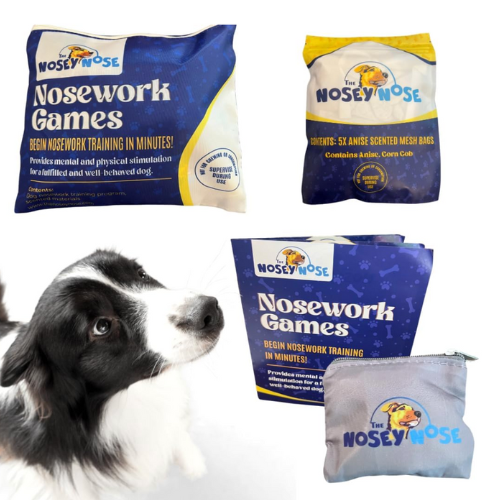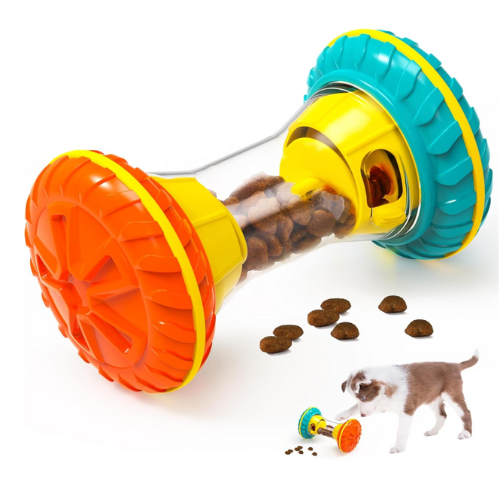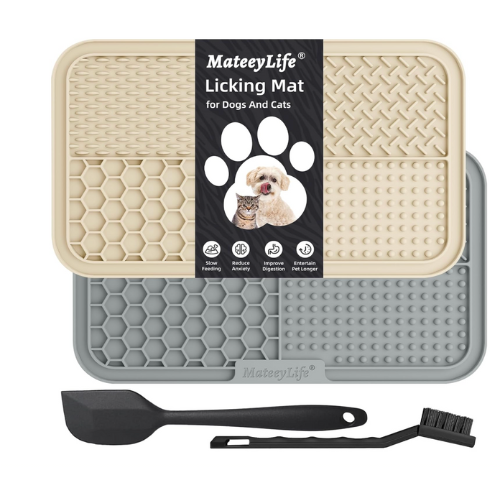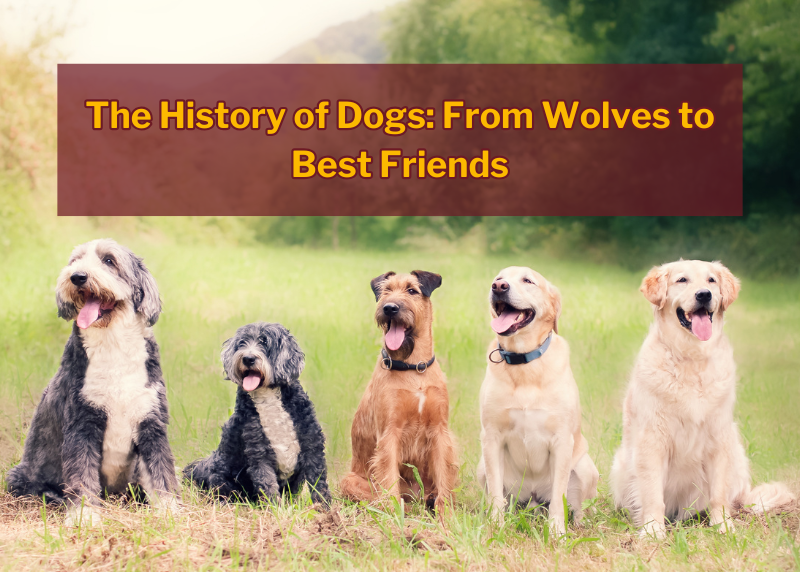
By: Emma Lamke
Dogs have been our companions for thousands of years, but have you ever wondered where they came from? How did they evolve from wild wolves into the beloved pets we know today? In this blog post, we’ll take a journey through time to explore the fascinating history of dogs and how they became our best friends.
Disclosure: Some articles on this site may contain affiliate links, meaning, at non additional cost to you, Chicago Urban Pets may earn a commission if you click through and make a purchase. As an Amazon Associate we earn from qualifying purchases.
The Origins: Wolves and Early Domestication
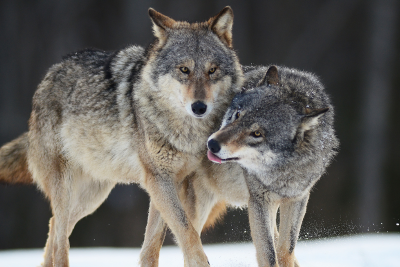
The history of the dog can be traced back to around 15,000 to 40,000 years ago when the first wolves were domesticated. But this wasn’t a case of humans simply capturing wild wolves and turning them into pets. Instead, it’s believed that wolves and humans formed a symbiotic relationship, with wolves living near early human settlements.
The theory is that early humans, living as hunters and gatherers, may have attracted wolves due to leftover food from their kills. Over time, some wolves became more comfortable around humans, scavenging for scraps and helping with hunting. The friendlier, less aggressive wolves would have had an advantage in this arrangement, as they would have been tolerated by humans. This gradual shift from wild wolf to domesticated dog is a process that took thousands of years.
You might also be interested in:
- Tips And Tricks For Living With Animals When You’re Allergice
- A List of Benefits to Having a Dog and/or Cat
- How To Protect Your Dogs Health During Poor Air Quality
The First Evidence of Dogs
The earliest evidence of domesticated dogs comes from archaeological sites dating back around 14,000 years. In Germany, a dog’s bones were discovered buried alongside humans, suggesting that dogs were not just working animals, but were also seen as companions and part of family life.
Additionally, in Egyptian tombs from around 4,000 years ago, dogs are depicted in artwork, often shown resting by their owners or accompanying them in hunting expeditions. The Egyptians were among the first to breed dogs for specific tasks, such as hunting, guarding, and companionship.

The Rise of Specific Breeds
As societies evolved, so did the roles of dogs. By the Middle Ages, dogs were selectively bred for specific tasks. In Europe, noble families prized breeds like the Greyhound, which was used for hunting, and the Mastiff, which was used for protection and guarding.
By the Renaissance period, dog breeding became more systematic, with different cultures selecting for traits like size, temperament, and appearance. This is when we start seeing the development of the many distinct breeds we recognize today, from Terriers to Poodles to Retrievers.
In the 19th century, dog shows became increasingly popular, and breeding became even more focused on physical traits. The creation of kennel clubs, such as the American Kennel Club (AKC) in 1884, helped standardize breeds and provide guidelines for breeding and competition. These clubs also played a role in preserving purebred lines of dogs, further fueling the variety of breeds that exist today.
Dogs in Society: Roles and Companionship
Throughout history, dogs have been more than just pets. They’ve served important roles in society, such as:
- Hunting companions: Dogs were indispensable in hunting, whether for birds, game, or even larger prey like deer.
- Guardians: Dogs have been used to guard homes, livestock, and even people. The German Shepherd, for example, was first bred for herding and protection.
- Service animals: In ancient times, dogs were used to pull carts or assist the disabled. This role continues today, with dogs being trained as service animals to help with mobility, hearing, and emotional support.
- War dogs: Dogs were used in both World Wars, assisting soldiers by delivering messages, detecting land mines, and carrying supplies. The Doberman Pinscher and Belgian Malinois became known as military dogs during this time.
The Modern Day: A Global Phenomenon
Today, dogs are present in nearly every household, with over 89 million dogs in the United States alone. They are the most popular pets, offering companionship, loyalty, and service to their human families. Dogs continue to serve important roles in society, from search-and-rescue missions to therapy dogs helping people cope with mental health challenges.
Dogs’ roles are constantly evolving, too. The introduction of dog fitness trends, the rise of dog influencers on social media, and the growing trend of dog-friendly workplaces all demonstrate how deeply dogs have integrated into modern life.

If you’re based in Chicago, we recommend Green Paws Chicago for compassionate, professional dog walking. They’re a trusted local service that helps your dog stay active and social even while you’re away.
(When signing up, don’t forget to mention Chicago Urban Pets to support the blog and help us continue creating helpful content.)
More Than Just Pets
The history of dogs is a story of cooperation, love, and evolution. From their ancient ancestors roaming wild to becoming cherished companions in modern households, dogs have carved out a unique place in human history. As their roles continue to change, one thing remains constant: our bond with them. Dogs have not only shaped the course of history but have also shaped our hearts, making them truly deserving of the title “man’s best friend.”
So, the next time you look at your dog, remember that you’re not just seeing a pet — you’re looking at a living link to thousands of years of history.

